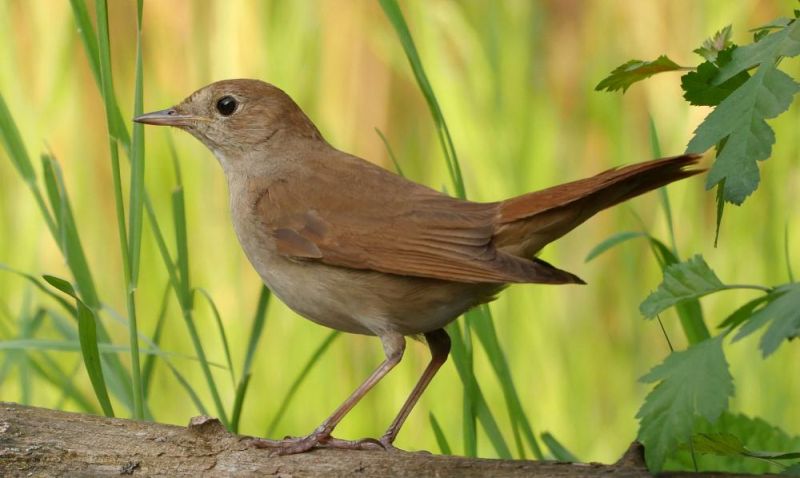Climate Change Is Affecting Anatomy and Migration Patterns of Nightingale Bird
The Common Nightingale, known for its beautiful song, breeds in Europe and parts of Asia and migrates to sub-Saharan Africa every winter. According to a new study, the natural selection driven by climate change is causing these beautiful birds to evolve shorter wings, which might make them less likely to survive their annual migration.
For this study, the Complutense University of Madrid’s Carolina Remacha and Javier Pérez -Tris and their colleagues analyzed twenty years of data on wing shape variation and survival in two populations of nightingales from central Spain. The study was published in the journal The Auk: Ornithological Advances.

According to a study, climate change is affecting anatomy and migration patterns of nightingale / Image: HBW Alive
The study found that the bird’s average wing length relative to their body size has decreased over the past two decades, which makes them less optimal for migration. As a result, shorter-winged birds are less likely to return to their breeding grounds after their first round-trip to Africa that could affect their survival.
There is much evidence that climate change is having an effect on migratory birds, changing their arrival and laying dates and their physical features over the last few decades…If we are to fully understand how bird populations adapt to new environments in order to help them tackle the challenges of a rapidly changing world, it is important to call attention to the potential problems of maladaptive change.
Lead author Carolina Remacha said.
The scientists believe this is related to changes in temperatures that have been seen in the Mediterranean region.
If these changes are the response to the new environment, then obviously the ones that have been selected, the ones with shorter wings, are the optimal nightingales for the new situation. These are not the best wings for migration, but the shorter wings come in the same package.
said co-author Prof Javier Perez-Tris.
The “migratory gene package” theory dictates that a number of features which help nightingales survive their migration – including wingspan, a high resting metabolic rate, shorter lifespans and larger clutches – all interact with each other, so if one is negatively affected, all the other can be weakened too.
Via: CNN


